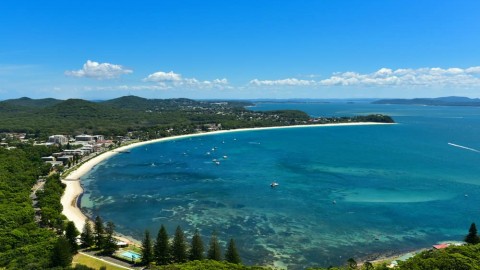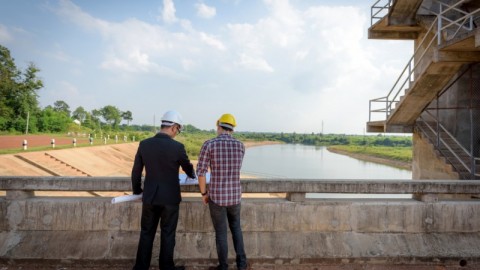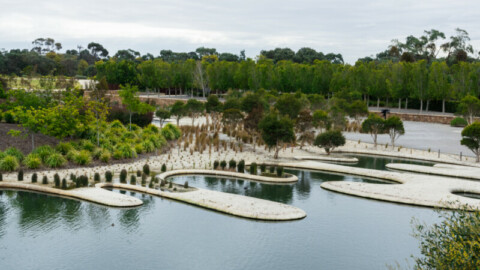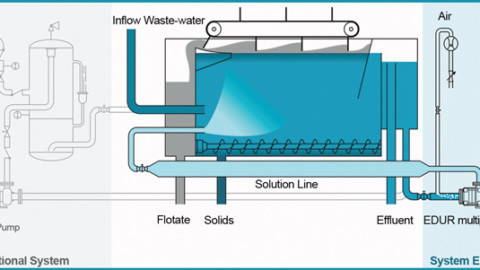The Australian Institute of Refrigeration, Air Conditioning and Heating (AIRAH) has released a report on the findings of an independent survey carried out to discover and review safety issues within the HVAC&R industry.
AIRAH conducted a five-week survey in late 2016 with the intention of reaching out to technical service providers on the topic of safety in the HVAC&R industry. After collecting and carefully reviewing the responses, AIRAH has produced its Safety in the HVAC&R Industry report, which pinpoints the main safety issues as highlighted by industry respondents.
Importantly, the report also lists recommendations and a proposed “next steps” to help address increasing concerns regarding safety risks in the HVAC&R sector.
AIRAH CEO, Tony Gleeson, said, “AIRAH receives many comments and enquiries from its members and other industry stakeholders regarding safety issues within the HVAC&R industry.
“As a response, we felt it was necessary to run a national survey in collaboration with a range of industry associations to obtain a coalface perspective on HVAC&R safety. Naturally, this project also provides additional evidence and insights for AIRAH to progress its strategic advocacy theme of compliance.”
A wide range of industry professionals responded to the survey, including licensed refrigeration and air conditioning technicians, installation and commissioning contractors, service and maintenance contractors, TAFE trainers and students, manufacturers and suppliers, facilities managers, and compliance and WHS auditors.
The results of the survey show there is a high level of concern about safety in the HVAC&R industry. According to respondents, the four main areas of concern are quality and training, access to plant, working fluids hazards, and electrical hazards.
AIRAH recommends an industry-wide strategy to create a firm direction to improve safety standards and outcomes.
AIRAH executive manager – government relations and technical services, Phil Wilkinson, said, “We found the increased safety risks and higher ongoing costs associated with poor access to HVAC&R plant and equipment are ‘designed in’ to systems from day one.
“There is a market failure at play in many scenarios. Those who would have to pay for the additional capital costs to provide safe access during the construction are different from those who will pay for the increased ongoing costs caused by the inadequate access.
“Sadly, there is no market incentive for the builder to invest in access solutions that will save the owner or operator money in the longer term, and a cost transfer occurs.”













